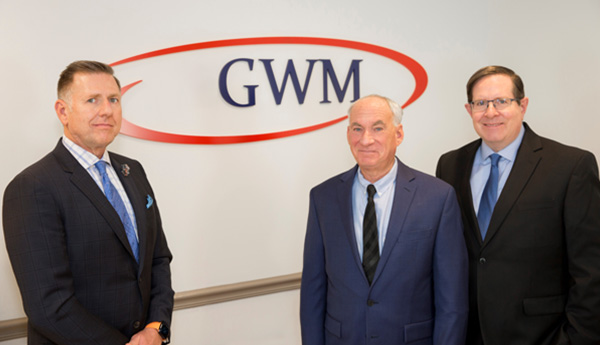Resolution of New York boundary disputes
On behalf of Steven Waldinger
Disagreements over the boundaries between adjoining parcels of land are often legally and factually complex.
An old shed juts into the neighbor’s property. A landowner cuts trees that he thinks he owns, but the neighbor objects, believing them to be on his property instead. A family has thought as long as anyone can remember that the far side of a garden plot marks their boundary line, except a neighbor disagrees, asserting that her mother told her that the garden is actually on their property.
The factual details of
disagreements over boundary lines
are of an infinite variety, but certain patterns and themes happen repeatedly. Applicable New York property law is complicated, but legal remedies exist for resolution of such disputes.
It is smart to consult an experienced real estate attorney when a boundary dispute arises in order to understand the various options available. The parties are often able to negotiate an agreement to resolve the dispute, often with the help of their lawyers. Legal counsel can then draft or review any legal documents necessary to carry out the agreement as well as see that the documents are appropriately filed.
A negotiated agreement is almost always a cheaper way to resolve a boundary dispute than going to court would be. However, judicial remedies are available such as, for example:
- Filing an action to quiet title
- Requesting that the court determine the location of a property line or establish property rights
- Asking for damages for a neighbor’s trespass or injury to land
- Asserting title by adverse possession (vesting of title by open use of property for a set time even without original title)
- Petitioning for a court injunction prohibiting a neighbor from trespassing
- And more
Because New York has been a jurisdiction for so long, courts may review documents dating back to the 1700s, for example, or even handwritten. Boundaries that are described by reference to monuments attached to land or landmarks (such as fences, boulders, trees or roads) or land features (bodies of water, ridges or other topographical characteristics) may be challenging to determine when such things have changed or disappeared over time – even over centuries.
Evidence in a boundary dispute might include deeds and other documents indicating property ownership or title transfer; testimony of the parties, neighbors or previous owners; surveys and expert testimony of surveyors; and more. New York courts have developed rules for weighing such evidence in boundary disputes. For example:
- A deed is the best evidence of the transferor’s intent and is to be construed according to those intentions, but if the deed is ambiguous, outside evidence may be submitted to help determine intent.
- A handwritten or original deed is better evidence of grantor intention than a later transcription.
- When a legal property description contains a discrepancy (such as the size of a parcel being incongruous with a described boundary line), the rule of construction for the court when analyzing the boundaries is to consider the elements in this order: natural objects, artificial objects, adjacent boundaries, measured distances and lastly, quantity (such as number of acres in a parcel).
- And more
Any New Yorker who faces a boundary dispute should seek legal assistance. The legal issues involved are complex and an attorney will advise the client about how to preserve and assert rights.
With offices in Mount Kisco, the lawyers of Gettinger Waldinger Monteleone Gushue & Hollis, LLP , represent clients in Westchester County and the Lower Hudson Valley in boundary disputes and other real estate matters.

